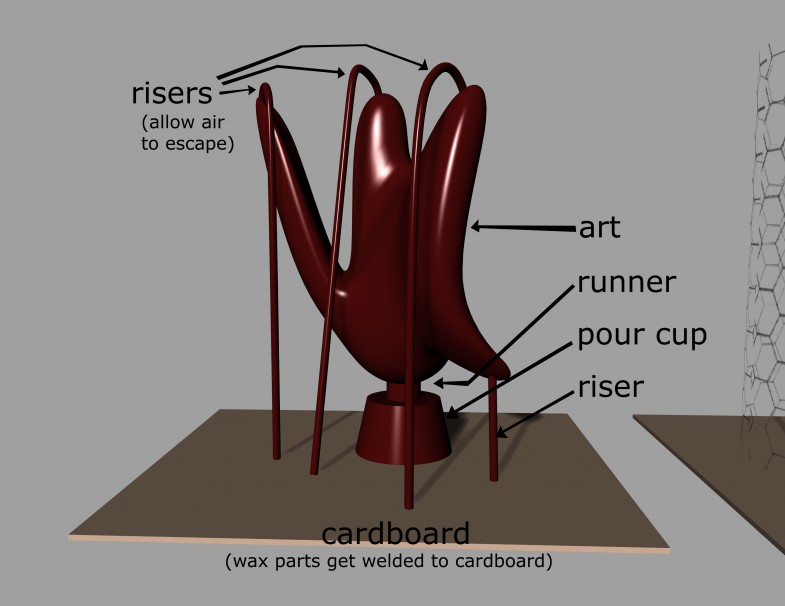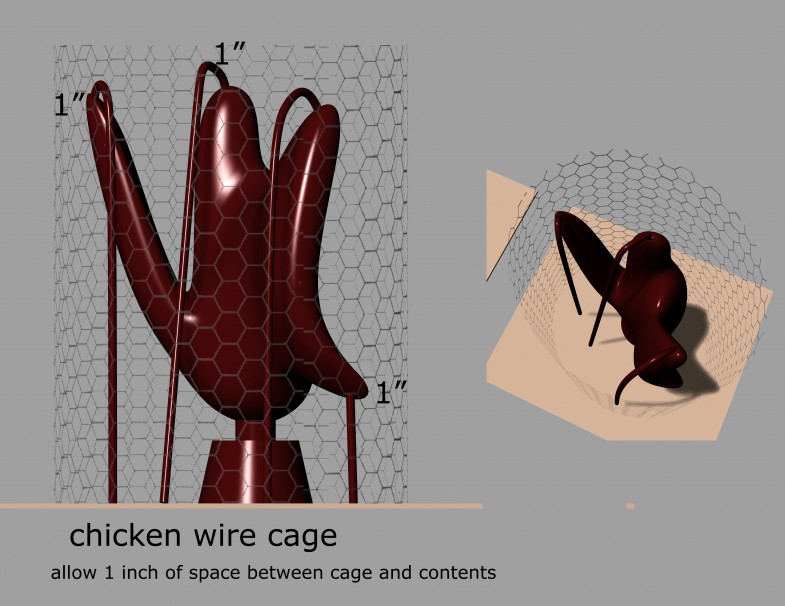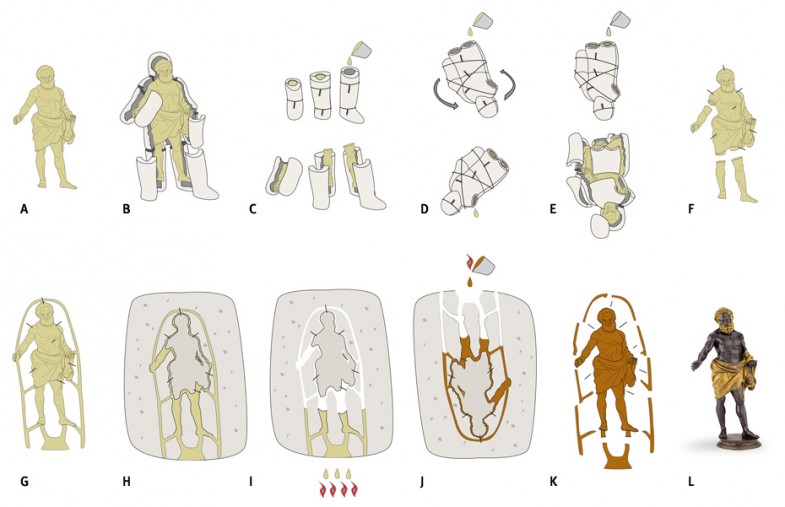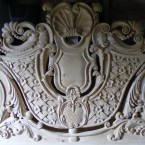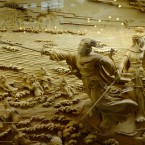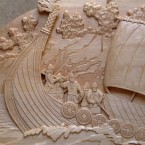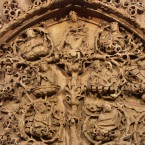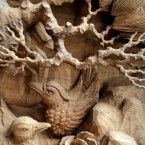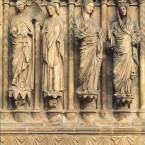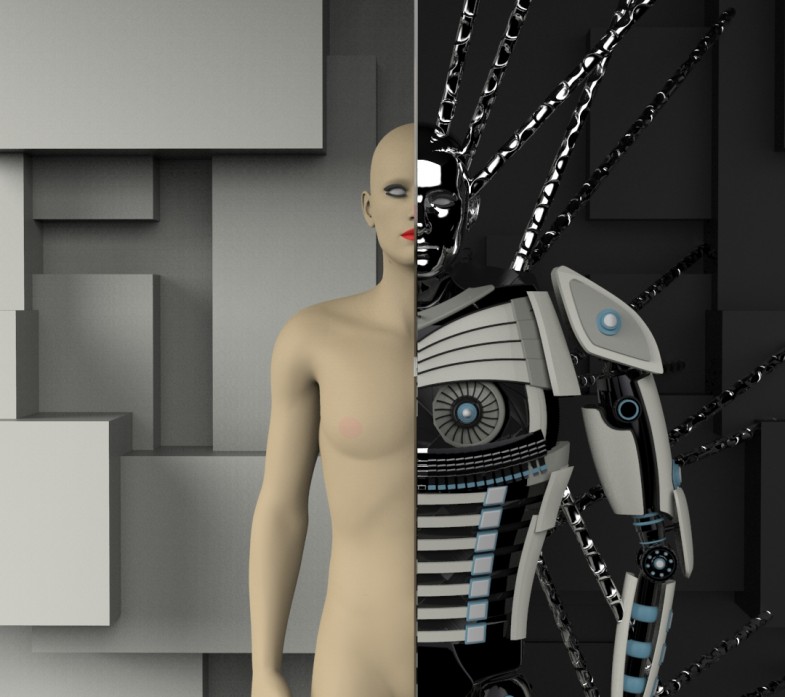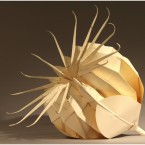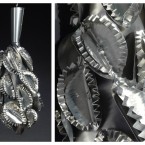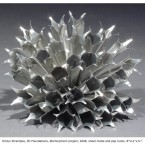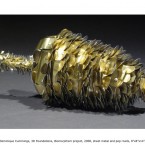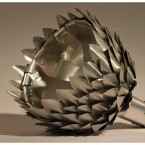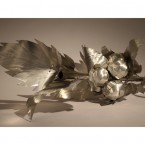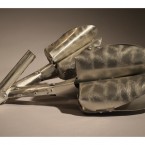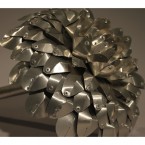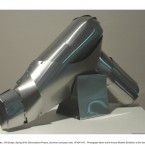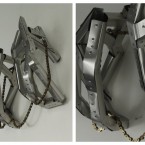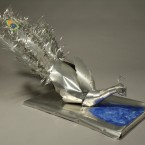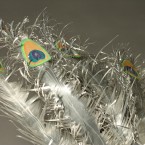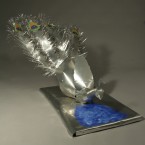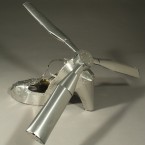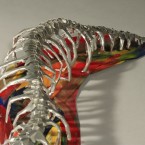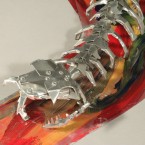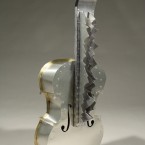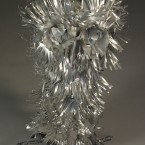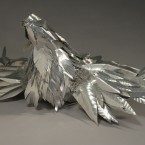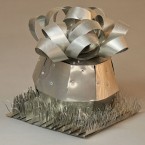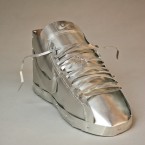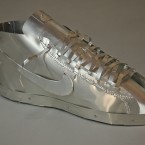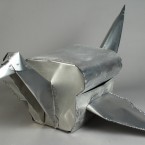Author: Joe Meiser
aluminum casting example
investment mold diagrams
Untitled
project outline for final project
Students,
Research options will be claimed on a first-come first-serve basis, so I urge you to make your selection as soon as possible. Here are the instructions:
How to submit your final design
To submit your final design please follow these instructions:
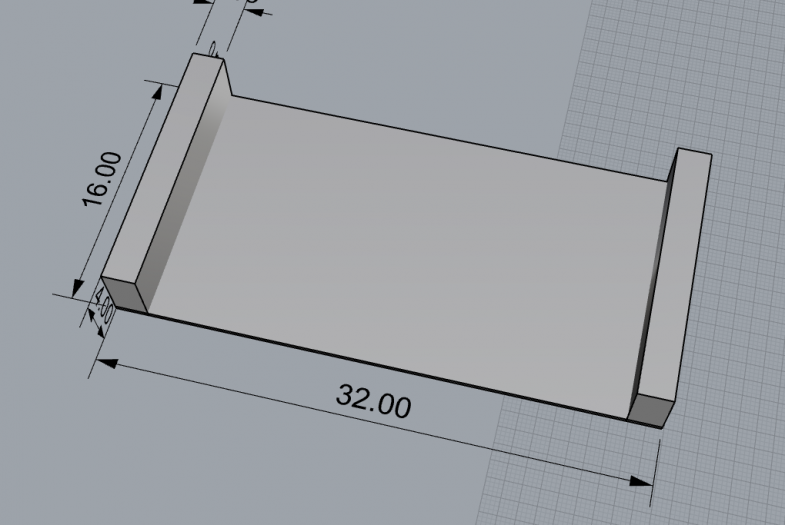
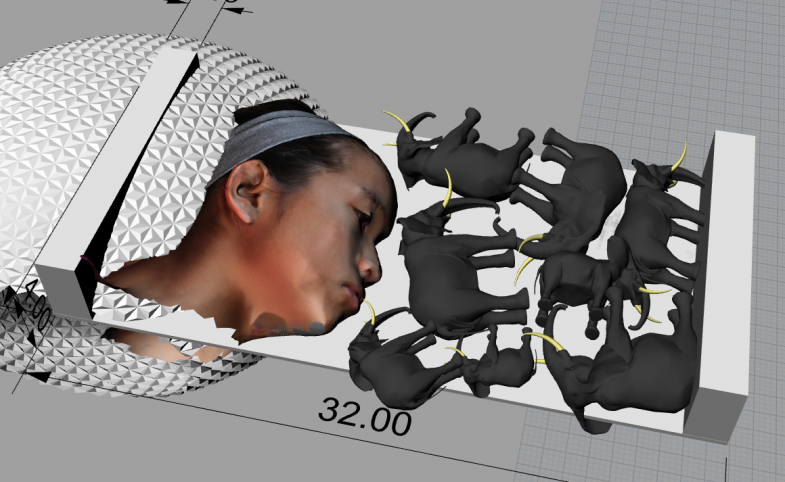


Once you’ve completed the steps listed above, please put your final file in the digital sculpture dropbox. You can get there by following this path: Click the start button in the lower left corner of the screen > click Computer > Projects > Digital Sculpture > Public > drop_box
How to create reference images for carving
After turning in your file, please create reference images to use for the carving process by following these instructions:
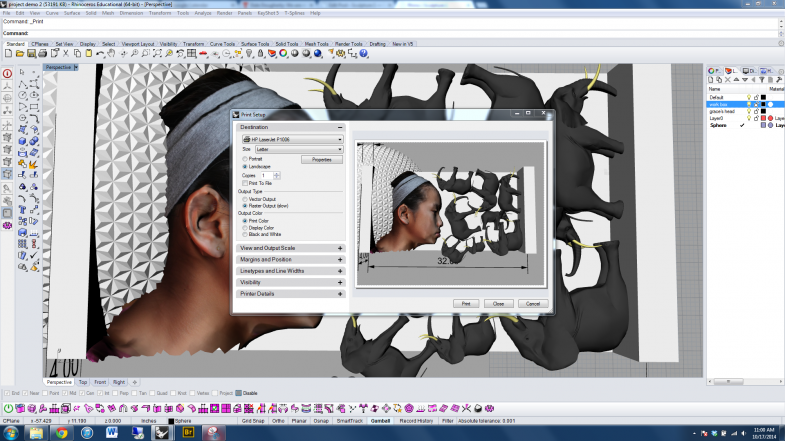
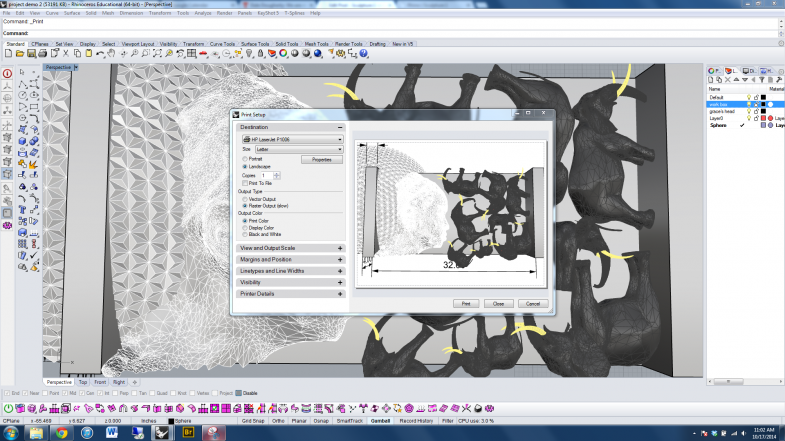
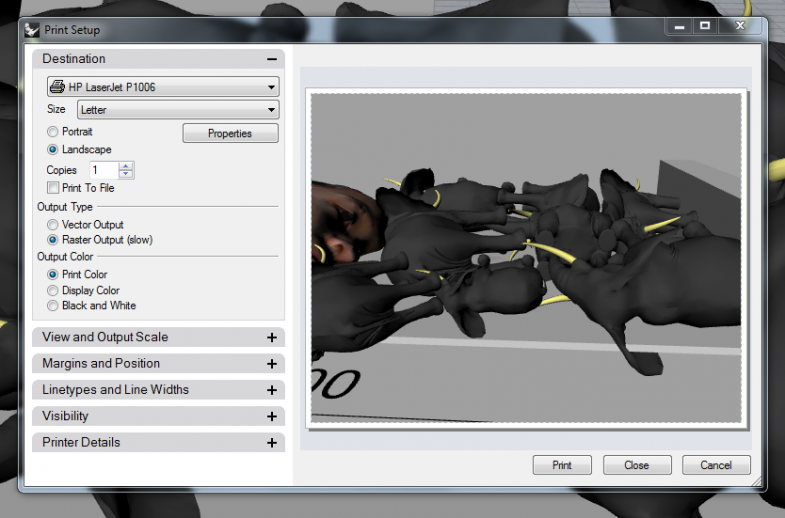
I encourage you to print several images of your design from different angles. These images will be invaluable when working in the sculpture studio.
notes from 10/9
The minimum tolerable thickness for a part is 1/4 inch.
The router bit we’ll use to cut the designs is 5/8 inch, or .625. The router will not enter a gap that is smaller than .625.
Use the drape command periodically from the top view to get a sense of what your design will look like after it is cut.
Coleman 220 Availability
Oct. 7 – 11 am to 11 pm
Oct. 8 – 8 am to 10 am, 12 pm to 1 pm, 3 pm to 11 pm
Oct. 9 – 8 am to 9 am, 11 am to 11 pm
Oct. 10 – 8 am to 10 am, 11 am to 1 pm, 3 pm to 11 pm
Oct. 15 – 8 am to 9 am, 11 am to 1 pm, 5 pm to 11 pm
Oct. 16 – 8 am to 9 am, 11 am to 2:30 pm, 4 pm to 11 pm
Oct. 17 – 8 am to 1 pm, 3 pm to 11 pm
Oct. 20 – 8 am to 1 pm, 3 pm to 11 pm
Oct. 21 – 8 am to 9 am, 11 am to 2:30 pm, 4 pm to 11 pm
Oct. 22 – 8 am to 1 pm, 3 pm to 11 pm
Oct. 23 – 8 am to 9 am, 11 am to 11 pm
Oct. 24 – 8 am to 1 pm, 3 pm to 11 pm
Oct. 27 – 8 am to 1 pm, 3 pm to 11 pm
Oct. 28 – 8 am to 9 am, 11 am to 11 pm
Oct. 29 – 8 am to 1 pm, 3 pm to 11 pm
Oct. 30 – 8 am to 9 am, 11 am to 11 pm
Oct. 31 – 8 am to 1 pm, 3 pm to 11 pm
Required Rhino tutorials
Setting up the work area:
————————————————————————————————————–
Working with meshes
Note: If these videos don’t display in your web browser, be sure that you’re at http://sculpture1.blogs.bucknell.edu instead of https://sculpture1.blogs.bucknell.edu. Apparently, removing the “S” from the http makes a big difference in the security settings for the page.
Optional Rhino tutorials
Get started in Rhino by building a simple castle – This demo will teach you how to work with curves, how to create and modify surfaces, how to rebuild surfaces to add complexity, how to extrude curves and surfaces, and how to use the revolve command.
————————————————————————————————————–
Basic methods of creating angular and organic forms in Rhino.
Note: If these videos don’t display in your web browser, be sure that you’re at http://sculpture1.blogs.bucknell.edu instead of https://sculpture1.blogs.bucknell.edu. Apparently, removing the “S” from the http makes a big difference in the security settings for the page.
Mesh links
Google 3D warehouse (SKP files can be imported in Rhino)
https://3dwarehouse.sketchup.com/
Thingaverse (Rhino can import STL files)
Create your own 3d meshes from photographs with 123d Catch
relief carving and pattern
Tom Pham – Digital Sculpture project on the posthuman
Technical crash course for Rhino – Basic commands
- First, look at menu at bottom of screen. Grid snap, ortho, planar, osnap, smart track should all be turned OFF. Gumball is the only item that should be ON. Toggle on and off by left clicking.
- 4 Viewports
- maximize or minimize by double clicking the viewport name
- reset the four viewport layout by clicking the top center button that shows four viewport icon
- Getting around in the space
- orbit by holding down the right mouse button and dragging
- pan by holding down the right mouse button and shift while dragging
- zoom by rolling the middle mouse wheel
- Creating basic 3d forms
- access the “solids creation” submenu by clicking the lower triangle under the cube icon
- drag the menu by the top bar to keep open
- Viewing modes (shaded, rendered, wireframe, ghosted)
- chose by right clicking on the viewport name
- “Zoom selected” or “zoom selected all viewports” by selecting an object and then typing ZS enter or ZSA enter
- Use the gumball to move, scale, and rotate objects
- gumball is enabled or disabled at bottom of screen by left clicking the button
- hold shift while dragging a scaling handle to scale objects uniformly
- learn more by watching the first minute of this video
- If Rhino locks, look at the command line; you may have accidentally initiated a command. Press escape to cancel.
- How to select objects
- left click to select one object
- to add other objects, hold shift and left click
- to remove objects from selection, hold control and left click
- Lasso selection:
- left click and hold > drag lasso left to select ALL objects touching the lasso
- left click and hold > drag lasso right to select ONLY the objects within the lasso
- Make multiples:
- Copy with CTRL C
- Paste with CTRL V
- To eliminate a part, press the delete key
Our class exercises can be found by following this path: Click the start button (lower left corner of the screen) > click Computer > Projects > Digital Sculpture > Private > Exercises > 1-16-2014
tutorials – highly recommended but not required
Complete just the first 30 minutes of the duck tutorial. Rendering is a topic we won’t get into during this project.
Note: the outline for project 2 is available on the course materials page
How to post materials on the class website
- Log on to the site by going to: https://sculpture1.blogs.bucknell.edu/wp-admin/
- Create a new POST by clicking at the top of the page on the “+ New” button.
- Now, in the column on the far right side of the screen, click on “document”, then on “categories”, and check one of the boxes to put your post in the right category (the category you select will determine which page of the class website your post will appear).
- In the main text field, create a title for the post that includes your own name (so we’ll know who the post belongs to).
- Add any text you’d like in the body of the post.
- To upload PHOTOS, click on the “+” button at the bottom right of the text field and select “image” for a single image, or “gallery” for multiple images.
- If you want to post a VIDEO from youtube, simply add the video’s URL to the body of the post.
- If you want to add a LINK to the body of your post, you can do so by highlighting the text you want to be linked, and click the “insert/edit link” button (to the left of the spell checker). Then add the URL destination and click the box that says “Open link in a new window/tab”.
- When you’re finished adding content, click the blue “publish” button on the right.
- A message should appear at the top of the page that says “Post published. View post”… if you click on “view post” it will show you what the post looks like on the site… at this point, if you want to make any changes, just click on the “edit” button and it will return you to prior screen. If you make any adjustments, be sure to click the blue “update” button on the right to apply your changes.




























